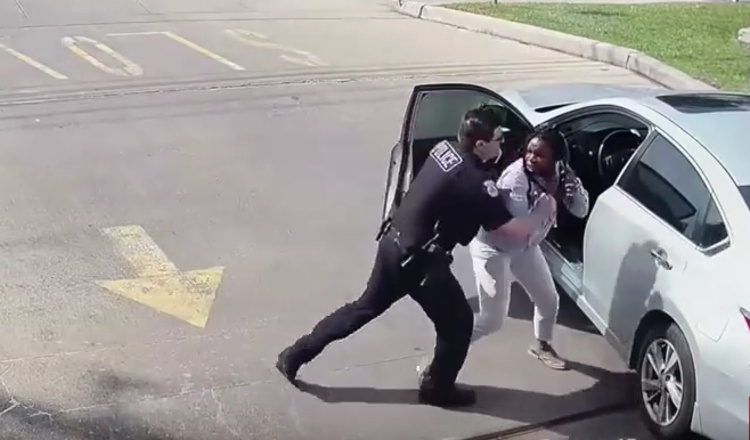
Earledreka White called 911 because she was afraid of the officer who had pulled her over, the Houston Chronicle reports. While requesting that another officer be sent to the scene to better handle the situation, the arresting officer twisted her arm, pushed her against her car and become physical during an otherwise peaceful interaction. White was placed in cuffs, charged with resisting arrest, and jailed for two days.
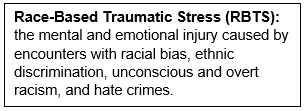 In the U.S., Black, Indigenous People of Color (BIPOC) are most vulnerable to RBTS due to living in a system dominated by white supremacy. In some individuals, prolonged incidents of racism can lead to symptoms like those experienced with Post-Traumatic Stress Disorder (PTSD). PTSD can look like depression, anger, recurring thoughts of the event, physical reactions (headaches, chest pains, insomnia), hypervigilance, low-self-esteem, and mentally dissociating from the traumatic events.
In the U.S., Black, Indigenous People of Color (BIPOC) are most vulnerable to RBTS due to living in a system dominated by white supremacy. In some individuals, prolonged incidents of racism can lead to symptoms like those experienced with Post-Traumatic Stress Disorder (PTSD). PTSD can look like depression, anger, recurring thoughts of the event, physical reactions (headaches, chest pains, insomnia), hypervigilance, low-self-esteem, and mentally dissociating from the traumatic events.
But Nothing Even Happened to You…
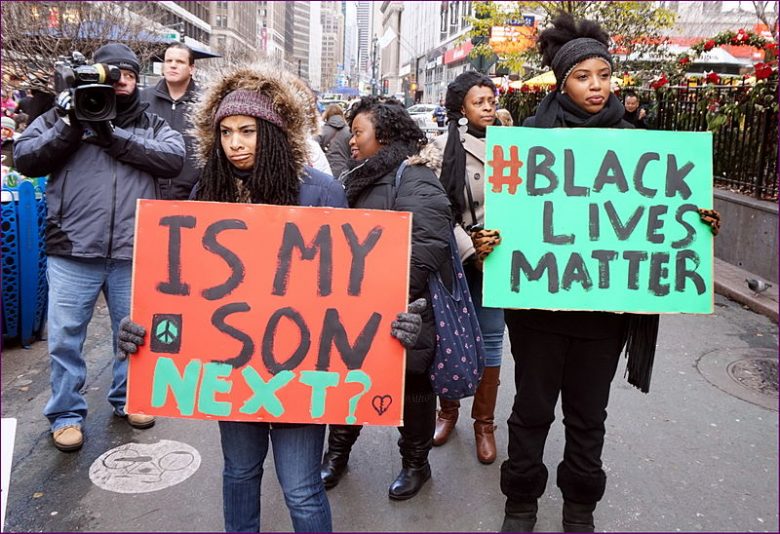 Direct traumatic stressors, in this context, include all direct traumatic impacts of living within a society of structural racism or being on the receiving end of individual racist attacks. Additionally, a person experiencing a direct traumatic stressor may be the victim of individual physical and verbal attacks or may face other microaggressions. But you do not have to be a victim directly to experience the traumatic impact. Vicarious traumatic stressors are the indirect traumatic impacts of racist actions and can have an equally detrimental impact on BIPOC’s mental health. Viewing videos of brutal police killings of Black people, such as the murder of George Floyd, can cause traumatic stress reactions in the people who view them, especially when you are a BIPOC, even if you have never had a personal, negative experience of police intimidation or violence.
Direct traumatic stressors, in this context, include all direct traumatic impacts of living within a society of structural racism or being on the receiving end of individual racist attacks. Additionally, a person experiencing a direct traumatic stressor may be the victim of individual physical and verbal attacks or may face other microaggressions. But you do not have to be a victim directly to experience the traumatic impact. Vicarious traumatic stressors are the indirect traumatic impacts of racist actions and can have an equally detrimental impact on BIPOC’s mental health. Viewing videos of brutal police killings of Black people, such as the murder of George Floyd, can cause traumatic stress reactions in the people who view them, especially when you are a BIPOC, even if you have never had a personal, negative experience of police intimidation or violence.
Researchers have found a 9.1% prevalence rate for PTSD in blacks, compared to 6.8% in whites. That means that almost one in ten Black people report experiencing traumatization, that does not factor in the people who do not report, or who have clinicians that fail to understand or acknowledge RBTS.
So What?
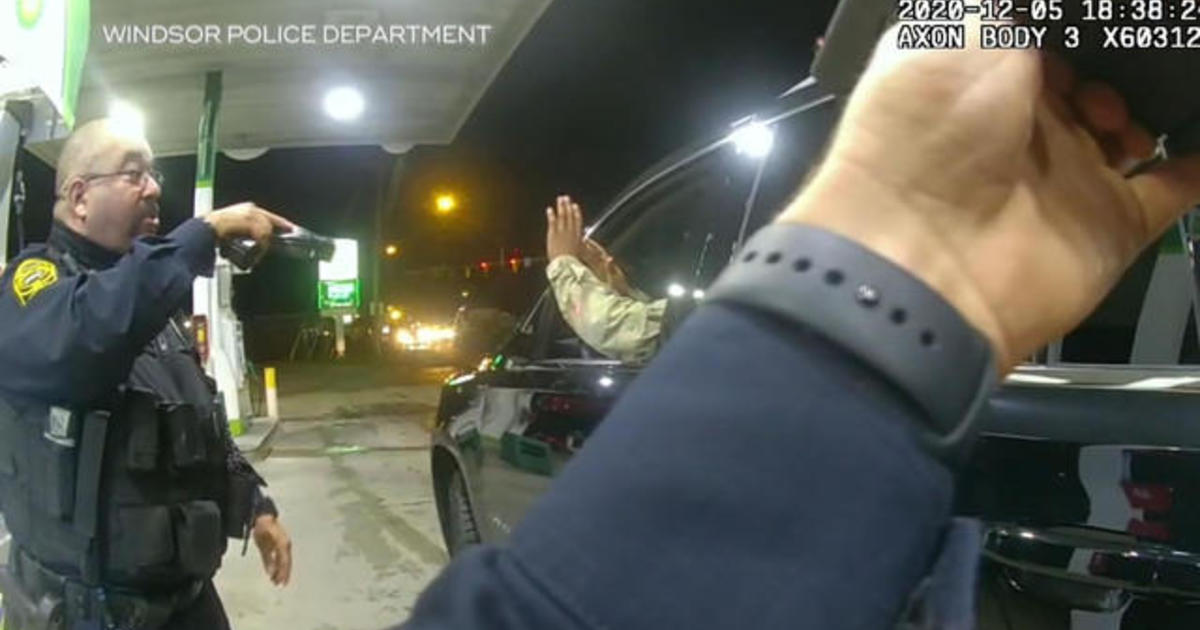 One of the most frequent mainstream comments about BIPOC when they encounter police violence is a reflection on how the person should have behaved differently to avoid their own attack, assault, arrest, or murder. RBTS might be a way of understanding this for those who remain skeptical.
One of the most frequent mainstream comments about BIPOC when they encounter police violence is a reflection on how the person should have behaved differently to avoid their own attack, assault, arrest, or murder. RBTS might be a way of understanding this for those who remain skeptical.
Psychology 101 teaches us that organisms respond in a reliable, patterned way to a stressful or fear-inducing event. This response, commonly known as fight, flight, or freeze, is automatic physiological reaction to an event that is perceived as stressful or frightening. For example, when a woman is sexually assaulted and does not fight back, she is not consenting, she is “freezing.” Her body’s unconscious inclination to freeze exists to increase her likelihood of surviving the attack. Along the same lines, when a BIPOC does not follow the commands of a police officer holding a gun on him or her and tries to run away, he or she is not disobeying, but “fleeing.”
Understanding the biological mechanisms that operate when confronted by an event associated with potential harm or trauma will also help us understand the reactions of those who are just trying to survive an encounter. Police officers and military personnel are trained in techniques to override this unconscious survival system, but civilians typically are not. It is important that we stop holding civilians accountable for their own safety by expecting unrealistic reactions from them when they encounter fear-inducing situations.
If You Are Not Doing Anything Wrong, What Are You Afraid Of?
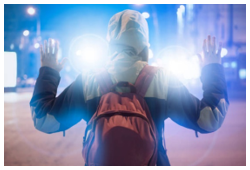 Young black men today are 21 times more likely to be shot and killed by police than young white men. 65% of black Americans worry that the police will use deadly force on them or a family member. The intersection of these two facts creates a situation where any, and all, police interaction can be stress producing for a BIPOC, irrespective of their “guilt” or “innocence” in any situation. It is not realistic to assume that only criminals, or those with something to hide, fear the police in the BIPOC community. The lived and vicarious experiences of BIPOC have led them to different conclusions.
Young black men today are 21 times more likely to be shot and killed by police than young white men. 65% of black Americans worry that the police will use deadly force on them or a family member. The intersection of these two facts creates a situation where any, and all, police interaction can be stress producing for a BIPOC, irrespective of their “guilt” or “innocence” in any situation. It is not realistic to assume that only criminals, or those with something to hide, fear the police in the BIPOC community. The lived and vicarious experiences of BIPOC have led them to different conclusions.
Duke University scientist found that black students had higher levels of stress hormones, like cortisol, after they heard reports of a violent, racist crime on campus. High cortisol levels can impact memory and learning, lower immune function, cause increased weight gain, and raise blood pressure and cholesterol. Elevated cortisol levels have been implicated in diabetes, heart condition, mental health issues, like anxiety and depression, and decreased longevity. Prolonged or traumatic exposure to racism can result in numerous mental and physical health issues. Typical behavioral outcomes of RBTS are irregular sleep, over or under consumption of food, failure to practice self-care, anxiety, depression, and addiction and an increased risk of cardiovascular disease.
Maybe You Should Just Take Better Care of Yourself
 RBTS and PTSD are important constructs when understanding increased disease prevalence in communities of color. Most public health campaigns focus on eating more healthy foods and getting more exercise (individual behavior change) and fail to acknowledge the social structures that are keeping minority populations in poor health, such as direct and vicarious exposure to racism (structural change).
RBTS and PTSD are important constructs when understanding increased disease prevalence in communities of color. Most public health campaigns focus on eating more healthy foods and getting more exercise (individual behavior change) and fail to acknowledge the social structures that are keeping minority populations in poor health, such as direct and vicarious exposure to racism (structural change).
Though the US has acknowledged that Racism is a public health crisis there is still a very superficial understanding of the issue, and we still seem to focus on individual behavioral change as the solution. Telling BIPOC they can control the way the police treat them by “acting right” and that they are in poor health is because of they make “bad choices” is yet another way we cause future harm to people by blaming them for living in a society that stacks the deck against them. Until we stop prescribing simple, individual solutions to complex, systemic issues, we will continue to perpetuate white supremacy ideology and all the social problems that accompany it.
“If you’re not careful, the newspapers will have you hating the people who are being oppressed and loving the people who are doing the oppressing.”
― Malcolm X

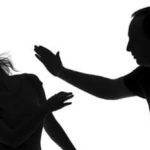

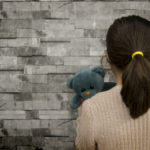


Join the Conversation